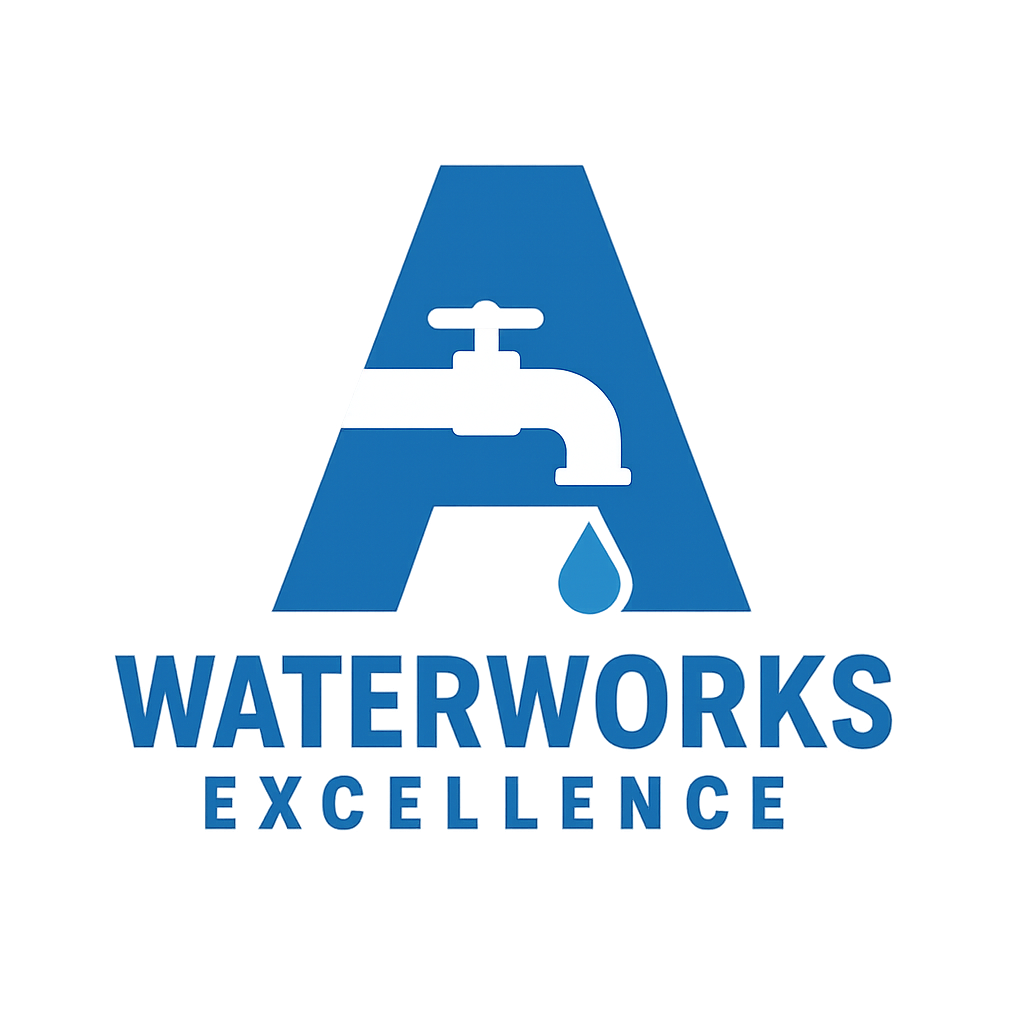Water Utility Report Card (A Sample)
River City Water Works
A
99.8

Health
How well does this utility eliminate harmful contaminants from drinking water and keep drinking water safe?
B
89.0

Aesthetics
Does the water look, taste, and smell good?
A
97.0

Infrastructure & Operations
Are the utility's transmission and distribution pipes sound, with few water main breaks and little water loss? Does the utility replace aging pipes in a timely manner? Does the utility operate efficiently, in compliance with regulatory requirements?
F
55.0
Communications
Is the utility transparent and interactive with its customers? Does it provide clear, accessible information about water quality and operations online?
C
79.5

Finance
Is the utility financially sound and sustainable? Are service prices fair and affordable?
B
82.0
Source Water
Does the utility have adequate source water to meet current and future needs? Does the utility protecting water sources from contamination? Are water conservation programs in place?
grading details
Get detailed scores & values by subject
In addition to providing the concise & intuitive letter grade, we provide a detailed breakdown of your values and scores for each subject according to the WE grading rubric.
Faq
The efforts to evaluate and publicly report on water system quality in New Jersey, California, and Louisiana reflect a growing movement toward greater transparency and accountability for American water utilities. However, their origins, purposes, and forms are markedly different from Waterworks Excellence in at least three important ways.
First, the Waterworks Excellence offers an independent assessment of drinking water utility performance, unaligned with any state regulatory agency or interest group. The New Jersey, California, and Louisiana reporting programs are products of state government agencies that emerged from state legislation. As such, institutional and political constraints shape these states’ assessments and reporting processes to some extent. By contrast, Waterworks Excellence reflects the work of Manny Teodoro, an independent researcher and professor at the La Follette School of Public Affairs at the University of Wisconsin-Madison. Teodoro’s position affords Waterworks Excellence a remarkable degree of independence to set rigorous performance standards free from political pressure or commercial considerations.
Second, the Waterworks Excellence grading rubric is based entirely on empirically observable outcomes, not plans or procedures. This exclusive focus on measurable results sets WE apart from New Jersey’s and Louisiana’s rubrics, which include some aspects of planning and programming.
Third and perhaps most critically, our focus on excellence puts utility performance at the heart of its assessment, with letter grades as a means of distilling and communicating utility performance. California’s and Louisiana’s assessment regimes each focus on failures and deficiencies; their goals are to identify failing systems. New Jersey’s report cards provide the public with ample information, but do not distill that information in a way that communicates performance to lay persons. WE’s principal goal is to communicate utility performance in a way that not only identifies failures, but also distinguishes the good from the merely adequate, and the truly great from the merely good. The aim of Waterworks Excellence is not only to point out failure, but also to highlight achievement.
Secondary contaminants, or “aesthetics” of water quality, are important because the taste, odor, color, and other aesthetic conditions are usually the most noticeable for consumers. If tap water has a poor taste, unpleasant odor, or is discolored, consumers may be less trusting of the water system and be more likely to purchase bottled water, even if the water is perfectly safe in terms of human health.
The Environmental Protection Agency has established National Secondary Drinking Water Regulations (NSDWRs) in addition to National Primary Drinking Water Regulations. The secondary drinking water regulations set non-mandatory water quality standards for 15 contaminants. These standards are not subject to enforcement by EPA and state regulators, except for fluoride. Rather, these “secondary maximum contaminant levels” (SMCLs) are guidelines to assist public water systems in managing their water supply for aesthetic quality.
Although SMCLs are not subject to federal enforcement, EPA requires a special notice for exceedance of the fluoride SMCL of 2.0 mg/L. Community water systems that exceed the fluoride SMCL of 2 mg/L, but do not exceed the MCL of 4.0 mg/L for fluoride, must provide public notice to persons served no later than 12 months from the day the water system learns of the exceedance
That decision is ultimately up to you, but the working assumption is that we'll work together to make your report card easily accessible to your staff, leadership, policy-makers, and citizen-consumers. We will host your report card and supplementary information on the Waterworks Excellence website, making it easy for you to link to the pages as you disseminate the results.
